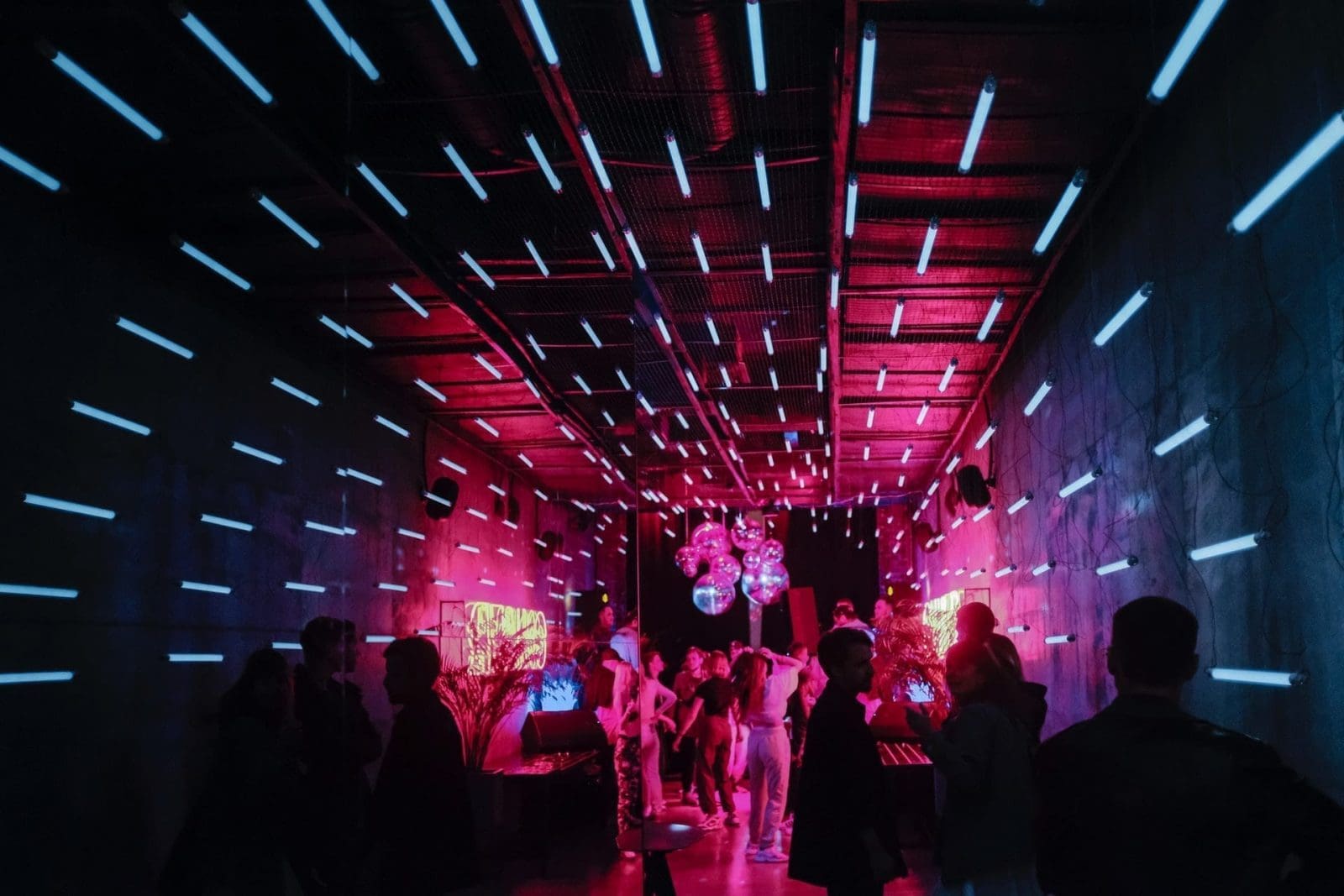From the Californian chic of Coachella to the English charm of Glastonbury, rave culture is here to stay! Of course with that in mind, it also comes as a given that rave fashion is here to stay as well! We have all seen these enthusiastic, highly energetic ravers and their daring over-the-top outfits. Often extremely colorful, dynamic, and revealing, these outfits are the embodiment of a free soul and a wild spirit!
Though the fundamental characteristics of rave fashion have stayed the same, the looks and themes have evolved over the years. Let’s talk about how rave outfits have changed over the last 3 decades!
The Electric 90s
Ah, the 90s. This is the decade where rave culture really took off. The decade of smiley-faces, overalls, phat-pants, visors, and dozens of pockets! Rave goers from this decade valued function just as much as they valued fashion! Perhaps more than any other decade, the outfit that you wore during your raves in the 90s was meant to be an embodiment of your overall personality! A premium was put on being as colorful, expressive, and as weird as possible.
In Europe, rave fashion in the 90s leaned a little bit more on high-fashion. Whereas American ravers found staples in denim shorts and multi-colored jackets (Fresh Prince of Bel-Air, anyone?), their counterparts from across the Atlantic looked a little bit more Milan ready with their brightly colored hairstyles and extravagant and expensive-looking sunglasses.
The Techno 2000s
When we define the early 2000s we think about the rise of the dot com culture and hip hop fashion. These things became a prominent influence on rave fashion at the time.
Ravers in the early 2000s relied heavily on techno-inspired accessories and clothing such as UV and neon-colored shirts, LED sneakers, and a whole lot of leather! If it had something to do with electricity, it was probably a good idea to wear it! Hip Hop staples such as pumped-up shoes, bell-bottoms, and tracksuits also played a huge role in the rave fashion at the time. As extravagant as these may sound, 2000s rave fashion was definitely more toned down than the all-out rave fashion of the 90s. This is mainly because rave parties started to become more frequent, so spending a lot of time, effort, and money on outfits became more difficult to maintain.
Modern Day Rave: Bohemian vs Designer
When you go to raves today, you will notice that there are two very different types of ravers, the raver that wants to go for a modern Boho look, and the raver completely dripped out in expensive designer fashion.
For the former, maxi-dresses, head-bands, and cropped tops are always reliable and easy to pull off. The motivation here is simple, look like someone artistic and socially unconventional, avant-garde without trying too hard. You will find that this is the most common type of rave outfit today, as not everyone can afford to pull off the fashion choices of the second type of modern-day raver, the eccentric millionaire. Think about Miley Cyrus in Coachella or Google co-founder Sergey Brin in Burning Man. For this type of rave outfit, you will find a lot of Versace jackets and Jimmy Choo shoes mixed with some of the most eccentric items you can find in the Sunset Strip.
It is always useful to have guidelines on what to wear during your raves, but the main thing is always to remember that raves are about having fun and expressing yourself. Wear a smile and your heart on your sleeve because these things, unlike any article of clothing, are timeless.
Photo by Alexander Popov on Unsplash
About the Author/s
The New Jersey Digest is a new jersey magazine that has chronicled daily life in the Garden State for over 10 years.
